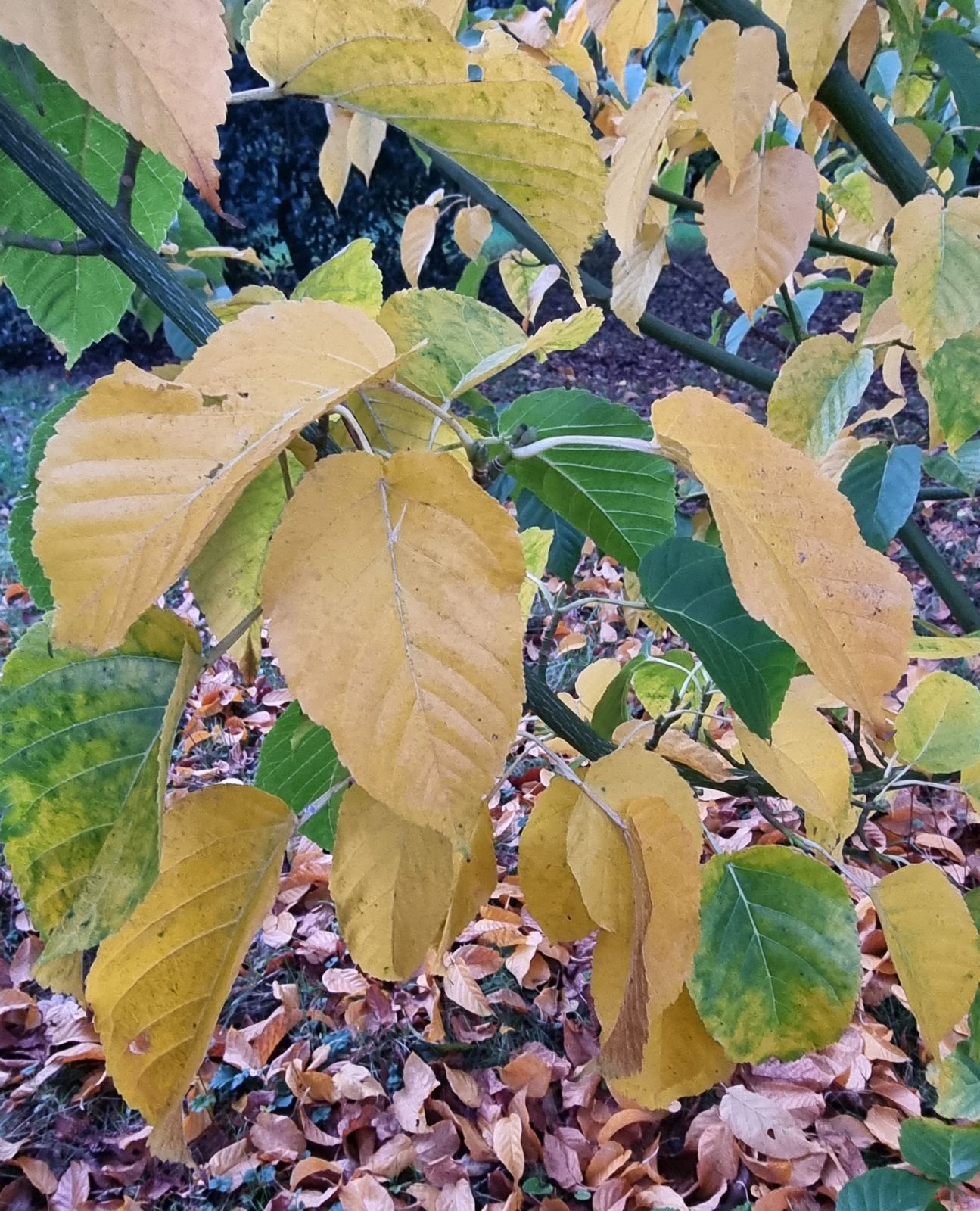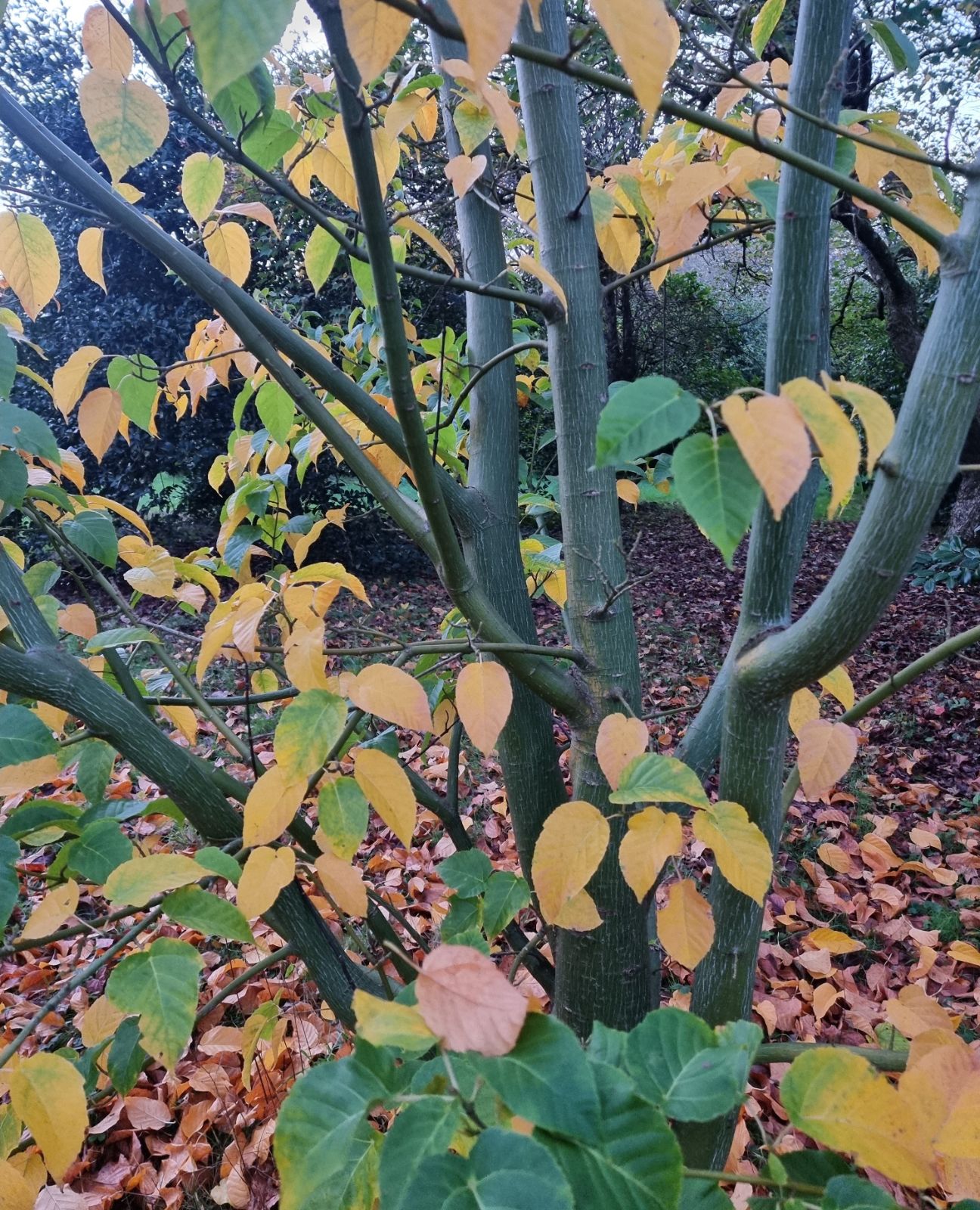Acer metcalfii
Sponsor
Kindly sponsored by
Lawrence Banks
Credits
Dan Crowley (2020)
Recommended citation
Crowley, D. (2020), 'Acer metcalfii' from the website Trees and Shrubs Online (treesandshrubsonline.
Genus
- Acer
- Sect. Macrantha
Synonyms
- Acer sikkimense subsp. metcalfii (Rehder) P.C. de Jong
- Acer davidii f. trilobatum Diels
Other taxa in genus
- Acer acuminatum
- Acer amplum
- Acer argutum
- Acer barbinerve
- Acer buergerianum
- Acer caesium
- Acer calcaratum
- Acer campbellii
- Acer campestre
- Acer 'Candy Stripe'
- Acer capillipes
- Acer cappadocicum
- Acer carpinifolium
- Acer 'Cascade'
- Acer caudatum
- Acer ceriferum
- Acer chapaense
- Acer chienii
- Acer circinatum
- Acer cissifolium
- Acer × conspicuum
- Acer cordatum
- Acer coriaceifolium
- Acer × coriaceum
- Acer crataegifolium
- Acer davidii
- Acer diabolicum
- Acer distylum
- Acer divergens
- Acer duplicatoserratum
- Acer elegantulum
- Acer erianthum
- Acer 'Esk Flamingo'
- Acer fargesii
- Acer fenzelianum
- Acer flabellatum
- Acer forrestii
- Acer franchetii
- Acer × freemanii
- Acer fulvescens
- Acer 'Gimborn'
- Acer ginnala
- Acer glabrum
- Acer 'Gold Coin'
- Acer granatense
- Acer grandidentatum
- Acer griseum
- Acer heldreichii
- Acer henryi
- Acer × hillieri
- Acer hookeri
- Acer hyrcanum
- Acer japonicum
- Acer kawakamii
- Acer komarovii
- Acer laevigatum
- Acer laurinum
- Acer laxiflorum
- Acer lobelii
- Acer longipes
- Acer macrophyllum
- Acer mandshuricum
- Acer maximowiczianum
- Acer maximowiczii
- Acer miaotaiense
- Acer micranthum
- Acer 'Mindavi'
- Acer 'Minorient'
- Acer miyabei
- Acer miyabei × campestre
- Acer monspessulanum
- Acer morifolium
- Acer 'Mozart'
- Acer oblongum
- Acer obtusifolium
- Acer okamotoanum
- Acer oliverianum
- Acer opalus
- Acer orientale
- Acer palmatum
- Acer papilio
- Acer pauciflorum
- Acer pectinatum
- Acer pensylvanicum
- Acer pentaphyllum
- Acer pentapotamicum
- Acer pictum
- Acer pilosum
- Acer pinnatinervium
- Acer platanoides
- Acer platanoides × amplum
- Acer platanoides × truncatum
- Acer × pseudoheldreichii
- Acer pseudoplatanus
- Acer pseudosieboldianum
- Acer pubinerve
- Acer pycnanthum
- Acer rubescens
- Acer rubrum
- Acer rufinerve
- Acer saccharinum
- Acer saccharum
- Acer sempervirens
- Acer 'Serpentine'
- Acer serrulatum
- Acer shenkanense
- Acer sieboldianum
- Acer sikkimense
- Acer 'Silver Cardinal'
- Acer 'Silver Ghost'
- Acer sinense
- Acer sinopurpurascens
- Acer spicatum
- Acer stachyophyllum
- Acer taronense
- Acer tataricum
- Acer tegmentosum
- Acer tenellum
- Acer tetramerum
- Acer tibetense
- Acer tonkinense
- Acer triflorum
- Acer truncatum
- Acer tschonoskii
- Acer turkestanicum
- Acer tutcheri
- Acer ukurunduense
- Acer velutinum
- Acer wardii
- Acer 'White Tigress'
- Acer wilsonii
- Acer × zoeschense
A deciduous tree to 10 m in the wild. Bark green with pale stripes. Branchlets glabrous, slender, purplish red or greenish, striped white. Buds stipitate, ovoid, with 2 pairs of valvate scales. Leaves subcoriaceous, obovate in outline, base subcordate to rounded, 3-lobed, 10–14 × 7–11 cm, larger on juvenile growth, apex acuminate, margins coarsely serrate, teeth obtuse, acumen entire, upper surface dark green, lower surface paler, pubescent at first, later glabrous; petiole green, grooved, 6–8 cm long; autumn colours yellow. Inflorescence axillary or terminal, racemose, pendulous, 12–15 flowered. Flowers yellowish-green, 5-merous, pedicels slender, ~0.5 cm long, Samaras 2.2–2.5 cm long, wings spreading obtusely. Flowering in May, fruiting in September (China). (Xu et al. 2008).
Distribution China Northern Guangdong, north eastern Guangxi, south eastern Guizhou, southern Hunan
Habitat Mixed forests between 800 and 1500 m asl.
USDA Hardiness Zone 8-9
RHS Hardiness Rating H4
Conservation status Least concern (LC)
Taxonomic note The taxonomic position of Acer metcalfii is still disputed. It is treated as a subspecies of Acer sikkimense by van Gelderen et al. (1994), while others have noted its affinity to A. davidii subsp. grosseri (e.g. Chang in Xu et al. (2008), and Rehder (1933)). Further study is required and for the time being it seems prudent to treat this taxon as a species in its own right until such time as more information becomes available.
Much intrigue has surrounded Acer metcalfii, especially as plants bearing this epithet have been introduced to collections at various points over the last three or so decades. Originally described as a species by Rehder (1933) as part of his appraisal of Chinese members of Acer section Macrantha, it was reduced to a subspecies of A. sikkimense by de Jong in van Gelderen et al. (1994), though this was done without observations being made of living material. Rehder (1933) considered it closer to A. davidii subsp. grosseri (then A. grosseri) and the authors of the species’ account in the Flora of China appear not to agree on where the species should be placed, with Chang suggesting that it should be synonymised with A. davidii subsp. grosseri, with its southerly distribution seemingly the character by which its distinction is upheld, but Chen disagrees with this point of view (Xu et al. 2008). Some affinity, at least, to this taxon, is more convincing than placement within A. sikkimense, as along with its green bark and three-lobed leaves it has slender pedicels (Xu et al. 2008), as opposed to the stout pedicels possessed by A. sikkimense.
What appears to be authentic Acer metcalfii is however present in collections, from material of CDHM 14701 collected on Daming Shan, Guangxi, and growing at the David C. Lam Asian Garden, Vancouver, planted in 2015 (D. Justice, pers. comm. 2020). Here it has attained 3 m in height with stems that are ‘deep green burnished red with faint striping. The leading shoots are slender and sparsely branched, and the short, nearly perpendicular laterals and their buds are slender and more red than green. Many of the leaves still look pretty flimsy and narrow (earlier, some of them looked almost like those of juvenile A. caudatifolium) but with age the leaves are gradually starting to adopt the classic A. metcalfii geometry’ (D. Justice, pers. comm. 2020).
Similar plants grow at Tregrehan, Cornwall, while CMBS 843, from Hunan, and growing at the Sir Harold Hillier Gardens, Hampshire, also exhibits comparable foliage, with both entire and three-lobed leaves present (A. Coombes, pers. comm. 2020). CMBS 862, also from Hunan, grows happily in numerous collections, including at Hergest Croft, Westonbirt, and Wynkcoombe Hill Arboretum in the United Kingdom, forming trees of good growth with arching branches. More mature than the aforementioned collections, an affinity to A. davidii subsp. grosseri is very apparent in trees of CMBS 862. Further study into the relationships of these taxa is certainly warranted. Putative hybrids between A. metcalfii and A. davidii are in circulation.
Trees labelled L962 grow at Hergest Croft and are tentatively identified as A. metcalfii, which they do resemble in some respects, however they are not a perfect fit for this species. An added confusion is that L962 was originally collected as A. davidii and other trees raised from this number, for example those growing in Ray Wood at Castle Howard, are very typical of that species. More investigation is needed as the Hergest trees have been extensively propagated and distributed bearing the number L962. This account will be supplemented once these investigations are complete.


